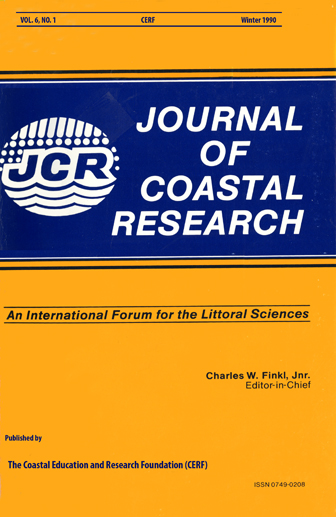Case Study of a Successful Beach Restoration Project
Keywords:
Hydraulic models, beach stabilization, coastal structures, engineering research, physical and numerical modeling, coastal engineering, shoreline erosion control, beach restorationAbstract
A numerical model and two physical models were used to investigate shoreline erosion problems at Buhne Point (Humboldt Bay), California. Initially, a numerical tidal circulation model was utilized to determine the tidal current field adjacent to Buhne Point. Maximum flood and ebb tidal currents were identified and used as test conditions for the physical models. A 1:100-scale physical model of central Humholdt Bay was used to determine the local wave climate in the vicinity of Buhne Point from hindcast data propagated through the Humboldt Bay entrance for various water levels and tidal flow conditions. The wave and tidal information obtained from these models was used in a 1:50-scale physical model to simulate shoreline changes at Buhne Point, and to develop a shoreline stabilization plan for the site. An optimum plan was developed to insure that the beach fill would not erode. The plan entailed a 510-m-long groin and a 259-m-long shore-connected breakwater. It was constructed at Buhne Point in 1984 and has functioned as intended to this point, as predicted by the model investigations.


